Get Your Videos Listed on YouTube’s Suggested Videos Column
How to Get Attention to Your Videos with Custom Thumbnails
Optimizing Your Videos for SEO
7 Tips for writing Corporate Videos Scripts
5 Tips For a Great On-Camera Interview
Enhancing Presentation Impact: Converting PowerPoint to Animated Video
3D Animation Production Stages
The Importance of Interview Videos
3 Tips For Choosing an Animation Company
Virtual Video Production: The Future of Video Production?
The Importance of Animation in Corporate Video
All About Video Production – #1
All About Video Production – #2
Video Production Tips and Tricks – #1
Video Production Tips and Tricks – #2
Green Screen Production Techniques
How to Light a Scene for Interviews
Video Editing Software Ain’t Cheap
After We Shoot … We KEEP Editing
What Are Camera Gimbals and How Do They Work?
What’s the Deal With Green Screens?
Should You Use Tungsten or LED Lights to Shoot Videos?
Should You Use a Camcorder or DSLR to Shoot Videos?
Adventures in Video Production, Equipment Safety
Adventures in Video Production
Video Translation – Reach Your International Audiences
Keeping your Cool in Hot Weather or Cold Weather
How Important is Luck and Timing to a Business or Career?
Captains Blog: “Driving in Toronto is Easy”
Captain’s Blog: Natural Light From Windows Can Be a Blessing and a Curse
What I Learned After Filming 20 Interviews in Two Days
T-Minus Two Minutes and Counting
Make Your Thumbnail Image Stand Out with Colour
Why are your Video Production Thumbnails Important?
Video Production Oakville – About Face
Video Metrics Benefit Influencers
Fine Tune Your Video Marketing Strategy
Successful Video Marketing in Oakville
The Continued Growth of Mobile Video
Strategic Insights for your Oakville Campaign
Video Production Strategy in Oakville
Live Video Streaming in Oakville
Long Term B2B Value With YouTube
Video Production – Talking Heads
Top 5 Reasons to Incorporate Video into Your Marketing Plan
Professional vs User Generated Content
Professional vs DIY Web Design
When it comes to your business – hire a professional
Online video is the business card of the 21st century
Video to drive foot traffic to your trade show booth
Superbowl Commercial Fun Facts
Why hire a Video Professional?
4 Reasons to Have an Online Video Profile
Top 5 Benefits of Online Video Marketing
A Formula for Success in Oakville
Blog
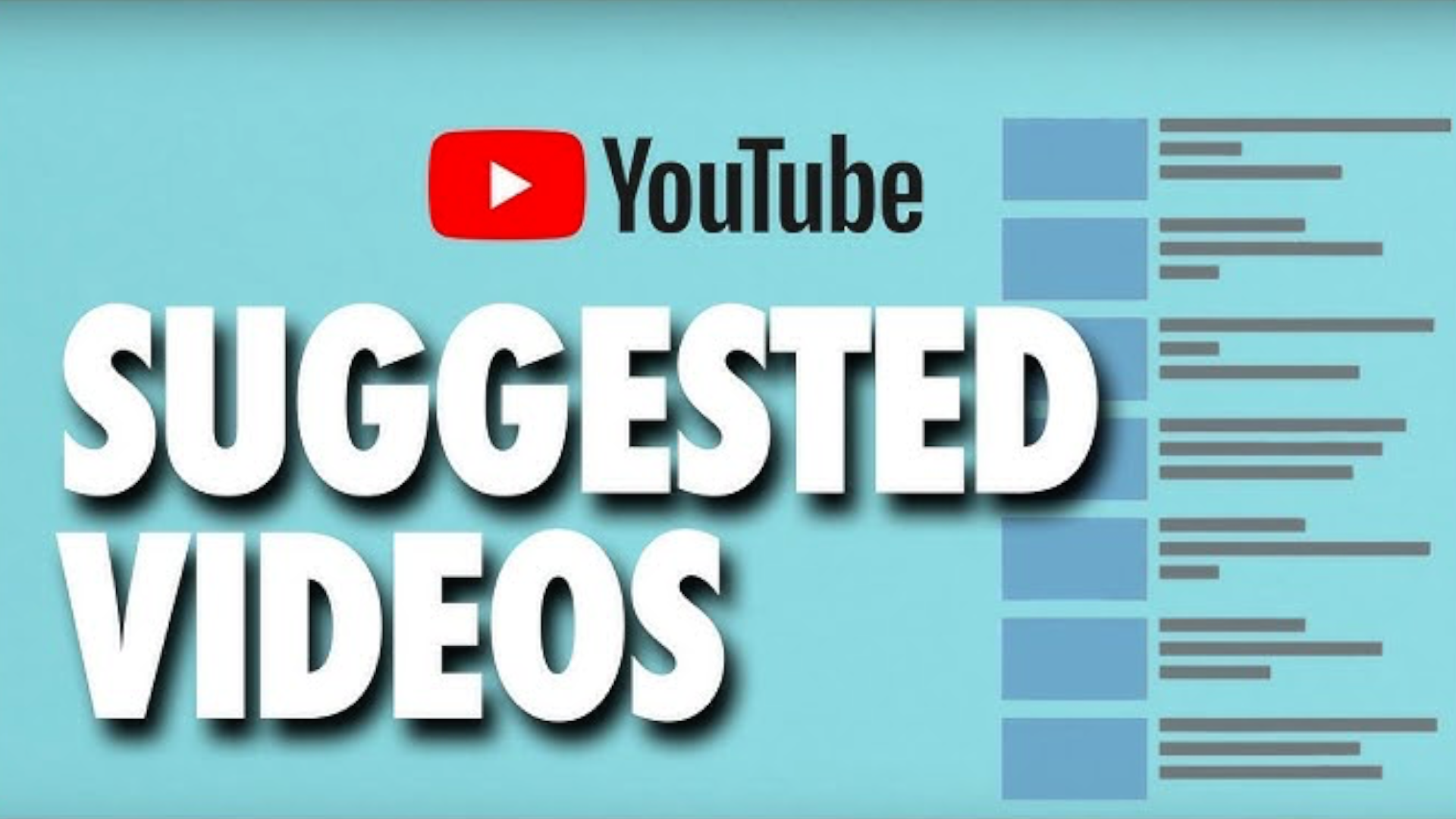






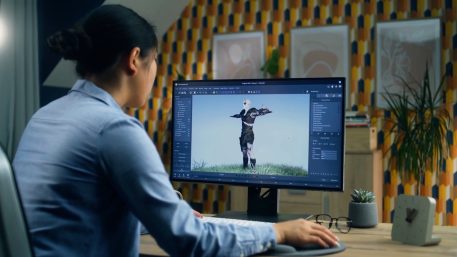




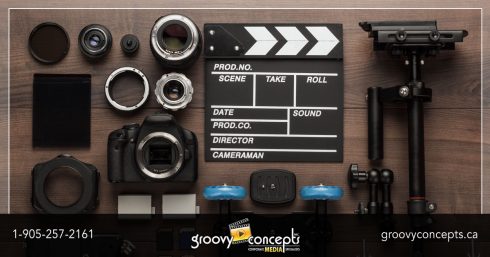








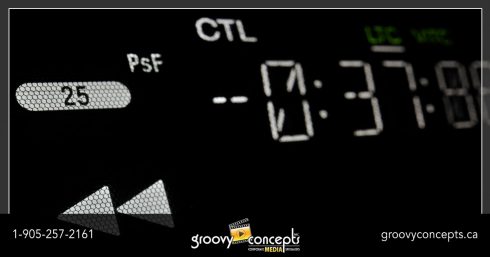












































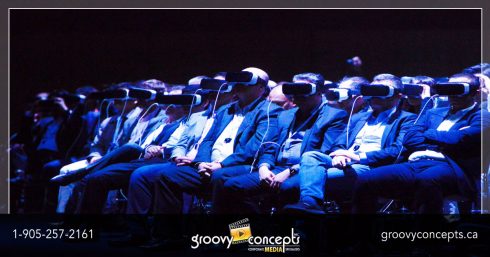







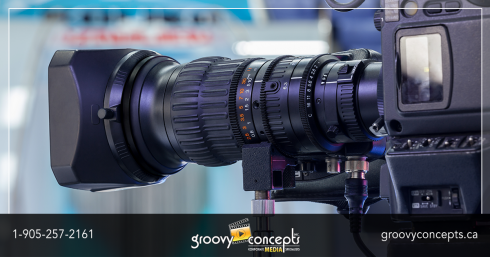



Bigger is Not Always Better
Video Production Oakville – The Captain’s Blog
Bigger is Not Always Better
Happy Thursday everyone … John Secondi here with another Groovy Post.
When it comes to best possible quality with your video production, bigger is not always better. But, what does this actually mean?
Most video cameras are now using digital video with compression to capture the “images” you are videotaping, however the term “videotaping” is now a little out of date. Back in the early days of video production, analog video tapes were the way to go but these days most all the work is done using digital formats with CCD capture devices inside the video cameras.
Similar to how a motion picture or cinema film camera work to capture 24 frames per second ( using sprockets and gears with a timed shutter ), digital video works in a similar way however the images are captured approximately 30 times per second and compressed as digitized ones and zeroes on your video capture cards inside the camera.
There are many different types of video compression available to support a wide array of needs from lower end amateur recording through to professional video production requirements. Video compression was initially designed to allow these large digital files to be transferred more easily over the internet. With the increased bandwidth and internet speeds of the modern world, worrying about using the proper digital compression is fast becoming obsolete.
What are some of the most common compression formats and why would you use them?
Motion JPEG
Motion JPEG or M-JPEG is a digital video sequence that is made up of a series of individual JPEG images. Using “persistence of vision” theory, when 16+ images per second are shown, the viewer will perceive it as motion. Full motion video requires 30 (NTSC) or 25 (PAL) frames per second. Motion JPEG is the unlicensed standard having the broadest compatibility.
MPEG-4
MPEG-4 supports low-bandwidth applications, high-quality images, no limitations in frame rate and greater bandwidth.
H.264
H.264 is the latest MPEG standard for video encoding. Using H.264 encoding can reduce the size of a digital video file by more than 80 percent. H.264 is expected to be more widely adopted than previous standards due to using 30/25 frames per second, reduced bandwidths delivering the most cost effective solutions possible.
When you need a helping hand with your video production and editing here in Oakville, give Groovy Concepts a call. We have the experience to do it right.
We. Are. Video Production. Oakville.
#groovyconcepts #videoproductionoakville
